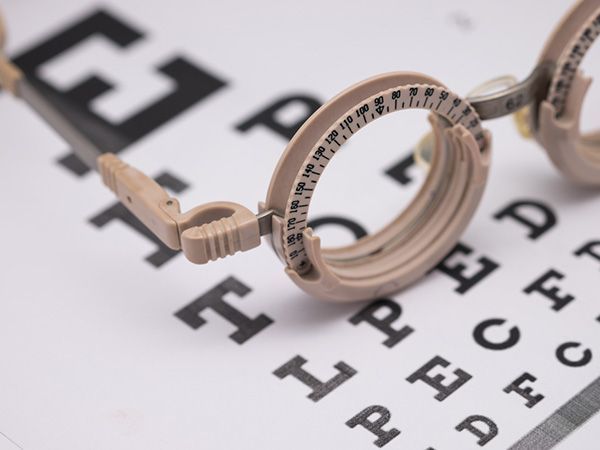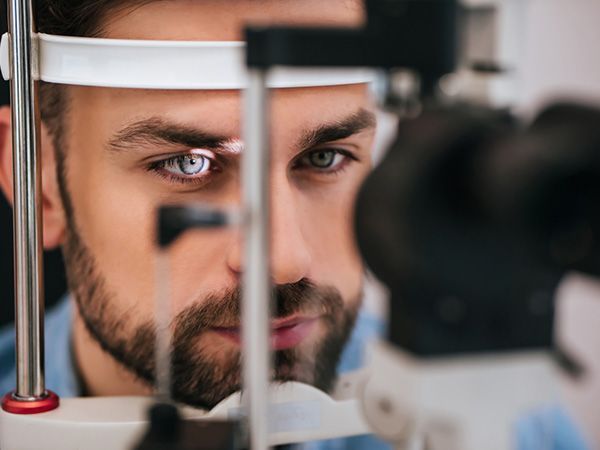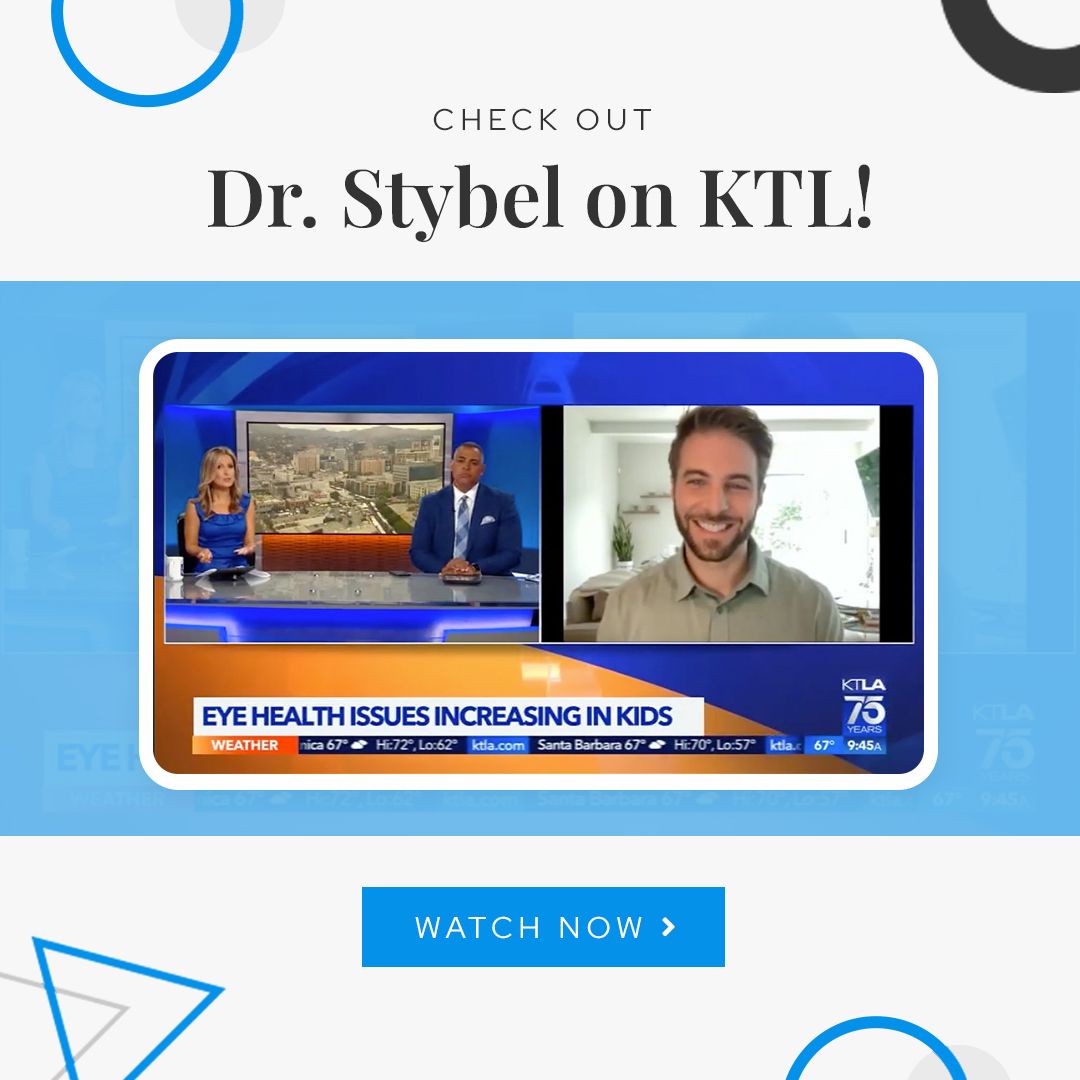As time goes on, chances are you probably know someone who has myopia - whether your child, a friend, family member or yourself. But how much do you really know about this eye disease? Some parents expect that simply receiving a pair of glasses for their child is the only way of dealing with the effects of myopia. In truth, there’s much more to myopia and what you can do about it than meets the eye.
Myopia is a very common eye condition that causes distant objects to appear blurred, while those closer by are easy to see without the help of visual aids. It occurs when light that is around us isn’t processed properly by the eyes, causing the messages our brain receives from them to be garbled and our vision appears to be blurred. It’s not only adults that are affected either. Childhood myopia rates are drastically increasing, and it is now estimated that as many as a third of children are now affected by myopia to some extent. This is thought to be partly due to the ‘screen culture’ that captivates young people today, and not spending enough time outdoors and getting natural vitamin D directly from its main source – the sun.
Many parents who come into our practices consider their children’s myopia as a simple vision problem that needs correction. Each time the child needs a higher prescription, they just “fix” it by buying them a new pair of glasses.
Myopia is a vision condition that makes distant objects appear blurry. It is also known as shortsightedness or nearsightedness. It mainly affects children, but even adults can have it.
Is your child squinting more than usual? Is she or he having difficulty reading or seeing distant objects, even if they already wear glasses or have recently had an eye exam?
Contact lenses are the second most popular form of vision correction and countless people rely on them to help them to enjoy clear vision day to day. Although many people think of contact lenses as a single treatment, today there are many different designs of contact lenses, and a range of materials to choose from. This gives patients greater control over their vision than ever before. Even if you have tried contact lenses in the past and found them tricky to handle, uncomfortable to wear, or unable to provide you with the clarity of vision that you desire, it is worth being open-minded and considering them again. Today, there is a contact lens suitable for virtually every patient, and our dedicated eyecare team at Look! Optometry will be delighted to help you find the contact lens that suits you best. In the meantime, here is what you need to know about the different types that are available.
We meet dozens of parents and children every day who come in for eye exams, myopia treatments and other services. During these visits, we welcome and address questions or concerns that parents have about their child’s eye health.
Dry eyes are one of the most common eye problems of the last decade, causing patients to experience a range of unpleasant symptoms. Dry eyes take their name from their main symptom, and the number of patients with the condition has risen considerably – something which has been attributed to more time spent in front of digital screens than ever before.
Just because the weather is cooling down, it doesn't mean that your kids should be kept indoors all winter long. In fact, there are many reasons to have them spend time outdoors, not least of which is to protect your child’s vision.
Dry eye is one of the most common eye problems in the world. The condition takes its name from the main symptom associated with it – eyes that feel dry, stiff, and uncomfortable. However, these are just a few of the effects that dry eye can have. Exactly why some people develop dry eye can vary.









